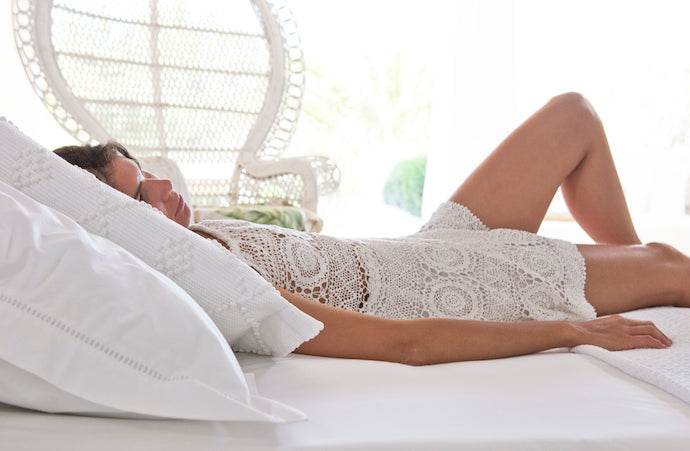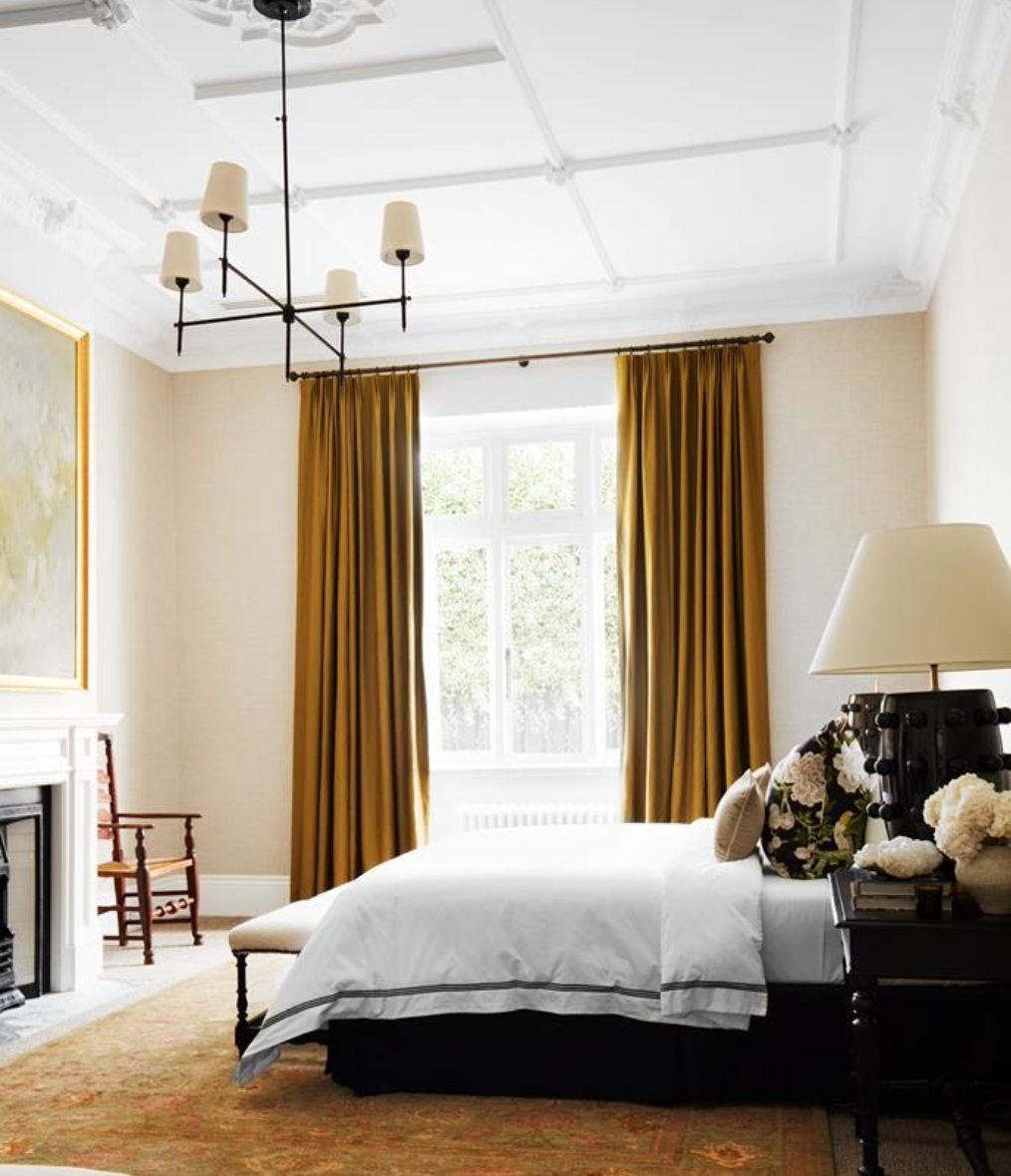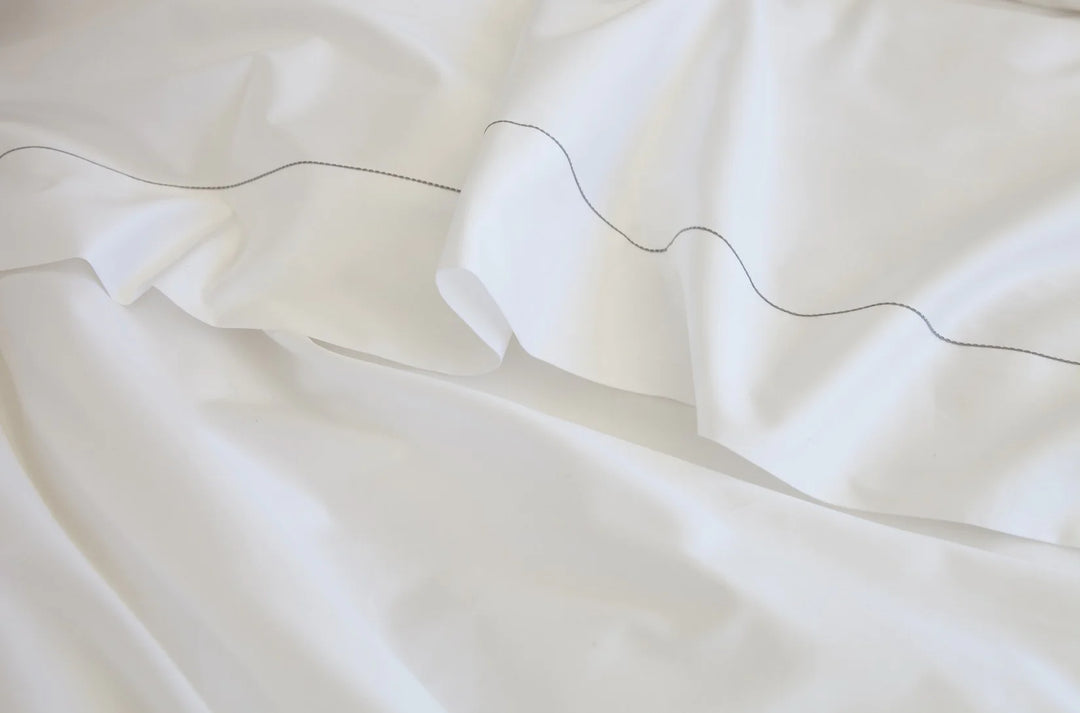Is Egyptian Cotton Really Worth All the Fuss?
When people think of luxury bedding, one name has reigned supreme for centuries: Egyptian cotton.
Renowned for its opulence and sumptuous feel, this fabric has earned a five-star reputation, thanks in large part to the unique conditions fostered by the fertile Nile Valley.
The nutrient-rich soil and humid climate create an ideal environment for cotton cultivation, yielding long-staple fibres that, when woven into sheets, offer unparalleled softness and durability.
Yet, the allure of Egyptian cotton is not without its complexities. Despite the label boasting "Egyptian cotton bedding," there's a catch—this doesn't necessarily guarantee the coveted top-notch quality that has fueled the fabric's prestigious status.
The crucial distinction lies not in the cotton's origin but in the type of yarn used to craft those luxurious linens.
In a world where modern farming techniques have expanded the potential for cultivating high-quality, long-staple yarns beyond the confines of Egypt, the emphasis shifts from geographical origin to manufacturing practices.
From Pakistan to Peru, artisans can now produce cotton of comparable calibre, challenging the notion that Egyptian cotton is the exclusive standard-bearer for luxury linens.
So, is Egyptian cotton really as good as people think? In a market saturated with options, discerning between the fabulous and the merely passable is essential for those seeking the pinnacle of comfort and style in their linens.
Thread count isn't a one-size-fits-all indicator of quality
While thread count is often considered a pivotal factor in selecting bed linens, the truth behind this numerical metric is more nuanced than meets the eye.
While it does contribute to the fabric's tactile sensation and plays a role in the decision-making process, it falls short of providing a comprehensive assessment of durability, quality, or breathability.
In essence, thread count measures fabric density by calculating the number of horizontal (weft) and vertical (warp) threads within a square inch. A higher thread count implies more fibres in the fabric.
Still, an excessively high count can result in a tightly woven structure compromising air circulation—far from ideal for a comfortable night's sleep. It's important to note that thread count alone doesn't divulge information about the quality of the yarns used; it merely indicates the quantity.
Manufacturers, in their pursuit of perceived luxury, sometimes employ what can be dubbed as 'creative maths.' This involves twisting together numerous ultra-thin threads to artificially inflate the thread count.
The consequence? Sheets that may appear more luxurious on paper but are, in reality, more fragile and susceptible to issues like rips, pills, and snags.
Our collection spans the spectrum, from 280-thread-count 100% cotton sateen bed linen—an excellent choice for everyday use and a laundry cupboard staple—to our 100% Cotton 600-thread-count linen, designed to evoke a high-end, hotel-at-home aesthetic and feel.
Navigating the world of thread count is not just about the numbers; it's about finding the right balance for a luxurious and comfortable night's rest.
Exploring the weaving techniques that truly shape your sleep experience
Two distinct methods, percale and sateen, hold the key to how a sheet feels against your skin and the overall quality of your slumber.
Cotton percale bedding employs a classic 'over-and-under' weave, resulting in a light, crisp, and refreshingly cool-to-the-touch feel with a matte finish. On the other hand, cotton sateen bedding mimics the luxurious touch of satin.
This weaving technique sees the yarn go over several rows at once, uncovering more thread surface and crafting sumptuous sheets with a glossy sheen—a dream to sink into at the end of a long day.
The choice between percale and sateen ultimately boils down to personal preference. Whether you lean towards the silky allure of sateen or the crispness of percale or prefer vibrant hues over serene tones, the diversity in textures and aesthetics caters to individual tastes.
The journey to discovering your ideal cotton bedding involves more than just visual inspection; it beckons you to feel it, sleep with it, and discern which fabric lulls you into the cosiest slumber.
Find the right option for you with our Egyptian and combed cotton bedding range
Should you find yourself amidst the linen labyrinth and desire a more hands-on experience, we invite you to explore our range cotton bedroom linen at DEIA Living.
We are here to help ensure that your journey to finding the perfect bedding is as delightful as the sleep it promises.






Leave a comment